PCA(P)(2021)19 - Introduction of Electronic Transfer
Published: 02/12/21
Introduction of Electronic Transfer of Acute Medication Service (AMS) Prescriptions for Prescribers within Primary Care Out of Hours Centres.
This circular provides NHS Boards, prescribers and community pharmacy contractors with an update on progress and developments with regard to the support of the electronic transfer of prescriptions (ETP) via the Acute Medication Service (AMS) for prescribers working in Primary Care Out of Hours Centres (OOH).
Background
NHS Circular PCA(M)(2007)2 PCA(P)(2007)5 provided an update on the introduction of ETP via AMS.
Detail
Prescribing Locations
Prescribing systems in OOHs will start to allow support for prescribers to issue and print a barcoded prescription form and submit an electronic version via ETP.
The introduction of AMS in OOH will be implemented in a phased manner from December 2021. Prescribers should start using the guidance in this circular once their NHS Board has confirmed that the OOH system has been updated to allow AMS prescribing.
Allied Health Professionals (AHPs) user roles to support AMS prescribing will need to be configured in the OOH IT system. The system supplier and NHS Board National Operations Group will issue guidance to assist NHS Boards in setting-up these new prescriber roles.
The change includes introducing support for use of single sheet stationery GP10(SS)(5) form type by all OOH prescribers.
Where a prescription has been generated, the prescriber code, prescriber role, professional body and professional registration number appears on the printed form and in the electronic message.
As per current AMS processes, the paper prescription remains the legal entity and gives the community pharmacy authority to dispense. Prescription information, where the patient is not able to take the form to a Community Pharmacy directly, should be sent directly from the prescriber to the dispenser via local arrangements, and must then be posted to the community pharmacy dispensing the prescription, ideally within 72 hours, to enable the community pharmacy to claim item reimbursement for dispensed items.
The printed prescription form includes a barcode and a Unique Prescription Number (UPN) printed underneath the barcode. The electronic message includes the virtual form type. Dispensers can use the prescriber’s professional body/ role printed on the form to select the form type, if required, within the Patient Medication Record (PMR) system (see Appendix).
Prescribers who use prescription pads are unaffected by this update.
Pharmacy Locations
The expansion of AMS to additional prescriber groups affects community pharmacy systems, as well as OOH systems. As a result, implementation needs to be co-ordinated so that the IT applications required to underpin and support service delivery in both OOH and community pharmacy systems are available at the appropriate time.
Some pharmacy system suppliers may inform their community pharmacy contractors on how they should initially process prescriptions from non-medical prescribers (NMPs). Where this is required, pharmacy system suppliers will issue separate guidance to their customers.
The Service Efficiency payment calculation for community pharmacy contractors will be updated to include electronic claim submission for AMS prescriptions issued by medical prescribers. AMS prescriptions issued by nonmedical prescribers will be included in the calculation at a future date.
Community Pharmacy Scotland and NHS National Services Scotland have been consulted on the contents of this Circular.
Action
Health Boards are asked to note the contents of this Circular and to bring it to the attention of prescribers, community pharmacy contractors on their Pharmaceutical Lists, Health and Social Care Partnerships and Area Pharmaceutical Committees.

